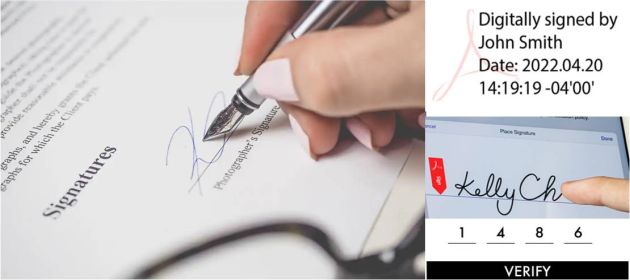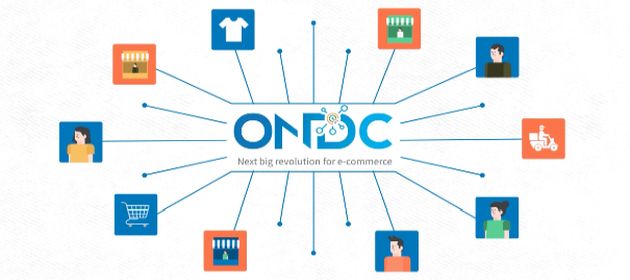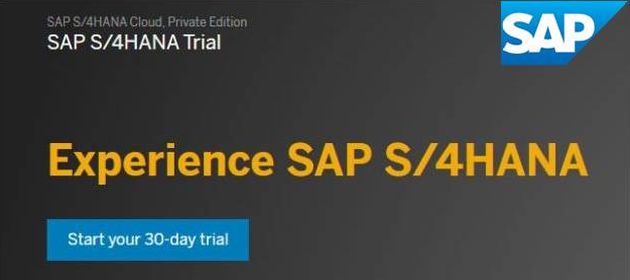Wet Ink Signature is the conventional way of issuing consent by signing on paper with a pen.
Digital Signature is the modern way of consenting digitally with a DSC (digital signature certificate). In the context of this blog post, I’m defining digital signature broadly so as to include agreement issued via password, PIN, OTP, and so on.
Around 20 years ago, the Indian government had passed laws to formalize digital signature even before US federal government.
According to a lawyer I recently checked with, digital signature carries as much validity in a court of law as wet ink signature.
However, going by first hand experience and anecdata described in the reminder of this post, I’m inclined to believe that
Wet Ink Signature >> Digital Signature
in actual practice.
Let’s get on with it.
#1. Digital Bank Account Opening
Around eight years ago, a leading Singapore bank entered India by launching a digital bank. A coworker tipped me off to this digibank saying it offered 15% cashback on all bill payments. Although I had more than enough bank accounts, the cashback offer was too mouthwatering to resist. Therefore, I visited the bank’s website and applied for an account. At a certain point in the customer journey, I was told that an executive of the bank would reach out to me to take my wet ink signature on some documents as a part of in-person KYC. Nobody did.
#2. Traditional Bank Account Opening
Two years ago, I saw an ad from a new bank whose GTM was cutting-edge technology and superior UX compared to the existing crop of public sector and private sector banks. Its claim was credible: Its credit card statement had a button next to each charge. If I wanted to dispute a fraudulent charge, I’d simply have to click this chargeback button. This was way more frictionless than other banks who ask you to call their call center to log chargeback requests. I was impressed with this and visited its website to apply for an account. Like the aforementioned Singaporean bank, this bank also told me that its sales rep would connect with me to complete the account opening formality, which included a few wet ink signatures.
I didn’t hear back from the bank for two weeks.
I then visited its branch to check the status of my application. Not surprisingly, nobody there knew that I’d applied online or was aware of the stage at which my online application had stopped. I restarted the application from scratch. But, after 30 minutes and half a dozen wet ink signatures, I walked out with the account number.
#3. Subscription Cancelation
Let’s say you buy a subscription for Wall Street Journal, Netflix or Hootsuite and issue a digitally-signed electronic mandate for debiting your debit card automatically every month with the monthly fee.
A few months later, suppose you want to cancel the subscription but are unable to do so because the pub or streamer or SAAS has set a subscription trap.
One way to prevent the wrongful debit is to clean out your bank account before the next charge comes due. The emandate will bounce on account of insufficient funds. According to an ex-banker quoted in Six Hacks To Escape Subscription Trap, it’s not a crime.
However, had you issued a paper-based ECS mandate with your wet ink signature and the autodebit bounced due to NSF, you’d be breaking the law.
#4. Rent Default
If I give you a post dated cheque for rent signed in wet ink signature and the cheque bounces, it’s a crime.
However, if I set up a digital standing instruction in front of you and cancel it later, you won’t get my rent. To you, it’d be the same as my cheque bouncing but, according to the aforesaid ex-banker, I’ve not committed any crime.
That’s apparently because a cheque signed in wet ink is governed by Negotiable Instruments Act whereas an electronic mandate signed digitally is not. More in Cheque – The Unsung Hero Of #CashlessIndia.
(Opinion is divided on whether you can ding my credit score by reporting the default to credit bureaus. Some people say very few merchants bother to report, others say many do.)
#5. eTrading / DEMAT Account Opening
I opened my DEMAT account with ICICIdirect in ca. 2000. Wet ink signature was mandatory. IIRC, there were dozens of them.
Nearly a quarter century later, seems like nothing has changed: The Co Founder of ecommerce platform SnapDeal recently shared his experience of opening an eTrading account with the securities subsidiary of a private sector bank:
@1kunalbahl: Just opened a demat account with a leading private (sector) bank. 34 wet ink signatures ???.
Notwithstanding the legal parity of wet ink and digital signatures, the above experiences suggest that wet ink signature has more power – and greater responsibility – than digital signature in actual practice.
Furthermore and maybe it’s only me but I’m not so confident about the enforceability of digital signature. It does not establish who has signed, just who has access to the DSC dongle. All my firm’s accounting and regulatory reporting work is outsourced to a CA-CS firm. My digital signature is permanently with this firm. Its employees sign on my behalf. Sometimes they give me a heads up.
Like many people check the “I agree” box on many online forms and then claim that they hadn’t read the terms and conditions, I wonder if I can also indemnify myself by claiming that I never authorized my CA-CS firm to digitally sign a particular contract – or any contract for that matter.
Going by this screen, Airtel Payments Bank has obtained the required consent for opening an account. For a digital bank, a check in the box and tap of I AGREE button should be sufficient proof of "informed consent". Nobody's going to explain fineprint face-to-face. pic.twitter.com/OKdbjZkOWs
— GTM360 (@GTM360) April 30, 2019
I’m guessing that’s why my CA-CS firm always takes my wet ink signatures on all important filings – like MCA21 reports – before it uploads them to the regulator’s portal and applies my digital signature. If I contest my disclosures and try to throw the firm under the bus, it can produce the wet ink signature version of the filings to the regulator to put the ball back in my court.
That said, I love the US style of signing digitally via DocuSign / equivalent tools. I have full control over the process and I feel confident that I – and only I – have signed the online document. I’m sure that the counterparty, who is the owner / user of the said tool, can unequivocally prove that I – and only I – have signed the document.
Before closing, I’d be remiss if I didn’t share the following examples of account opening that did go through successfully with digital signature i.e. without requiring a wet ink signature:
- Nonbank eBrokers like Zerodha do not seem to require wet ink signature to open DEMAT accounts.
@s_ketharaman: My pal opened a DEMAT account with a nonbank fintech entirely digitally. Suggests that law regarding wet ink / digital signature is different for fintech versus bank OR that the fintech’s lawyer has a different opinion of the law than a bank’s lawyer.
- Ever since Reliance Jio launched with e-KYC in 2017, I’ve never needed a wet ink signature for getting a mobile network connection from Jio or any other MNO in India. More at Reliance JioFi First Impressions.
- I got my MasterCard and American Express credit card entirely online without any wet ink signature. However, it was from a bank where I have accounts for over 15 years, so there’s that.
@s_ketharaman: Yesssss third time’s the charm. I got my credit card in 3 minutes flat. Totally online. Prefilled form. One of the most frictionless financial product buying experiences I’ve ever had. Kudos to @ICICIBank .
DISCLAIMER: I’m neither a lawyer nor your lawyer. This is not legal advice. Please consult your lawyer. End of the day, in the event of disputes in contracts, it’s your lawyer who will represent you. Different lawyers may have different views.


